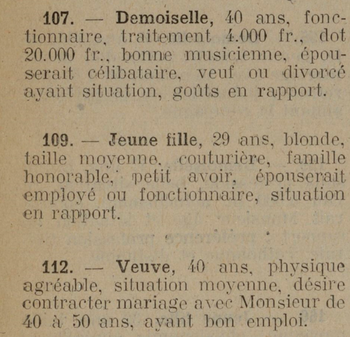Rolandi Librettos
Introduction
The Fondo Ulderico Rolandi is one of the greatest collections of librettos (text booklet of an opera) in the world. This collection of librettos which is in the possession of the Fondazione Cini consist of around 32’000 thousand librettos, spanning a time period from the 16th to the 20th century. This collection is being digitized and made accessible to the public in the online archives of the Fondazione Cini, where currently 1'110 librettos are available.
Project Abstract
The Rolandi Librettos can be considered as a collection of many unstructured documents, where each document describes an opera performance. Each document contains structured entity information about place, time and people (e.g.: composer, actors) who were involved in this opera. In our project we want to extract as much entity information about the operas as possible. This includes information as the title of the opera, when and in which city it was performed, who was the composer, etc. By extracting the entity information and linking it to internal and external entities, it is possible to construct one comprehensive data set which describes the Rolandi Collection. The linking of information to external entities, would allow us to connect our data set to the real world. This would for example include linking every city name to a real place and assigning geographical coordinates (longitude and latitude) to it. Constructing links in the data set as such, would allow us for example to trace popular operas which were played several times in different places or famous directors which directed many operas in different places. In a last step we want to construct one comprehensive end product which represents Rolandi Collection as a whole. Thus we want to visualize the distribution of operas Librettos in space and time and potentially construct indications of linking.
Planning
The draft of the project and the tasks for each week are assigned below:
| Timeframe | Task | Completion |
|---|---|---|
| Week 4 | ||
| 07.10 | Evaluating which APIs to use (IIIF) | ✅ |
| Write a scraper to scrape IIIF manifests from the Libretto website | ||
| Week 5 | ||
| 14.10 | Processing of images: apply Tessaract OCR | ✅ |
| Extraction of dates and cleaned the dataset to create initial DataFrame | ||
| Week 6 | ||
| 21.10 | Design and develop initial structure for the visualization (using dates data) | ✅ |
| Running a sanity check on the initial DataFrame by hand | ||
| Matching list of cities extracted from OCR using search techniques | ||
| Week 7 | ||
| 28.10 | Remove irrelevant backgrounds of images | ✅ |
| Extract age and gender from images | ||
| Design data model | ||
| Extract tags, names, birth and death years out of metadata | ||
| Week 8 | ||
| 04.11 | Get coordinates for each city and translation of city names | ✅ |
| Extracted additional metadata (opera title, maestro) from the title of Libretto | ||
| Setting up map and slider in the visualization and order by year | ||
| Week 9 | ||
| 11.11 | Adding metadata information in visualization by having information pane | ✅ |
| Checking in with the Cini Foundation | ||
| Preparing the Wiki outline and the midterm presentation | ||
| Week 10 | ||
| 18.11 | Compiling a list of musical theatres | ✅ |
| Getting better recall and precision on the city information | ||
| Identifying composers and getting a performer's information | ||
| Extracting corresponding information for the MediaWiki API for entities (theatres etc.) | ||
| Week 11 | ||
| 25.11 | Integrate visualization's zoom functionality with the data pipeline to see intra-level info | ✅ |
| Linking similar entities together (which directors performed the same play in different cities?) | ||
| Week 12 | ||
| 02.12 | Serving the website and do performance metrics for our data analysis | ✅ |
| Communicate and get feedback from the Cini Foundation | ||
| Continuously working on the report and the presentation | ||
| Week 13 | ||
| 09.12 | Finishing off the project website and work, do a presentation on our results | ⬜️ |
Methodology
Collecting data
- scraper - putting metadata into dataframe
Metadata extraction
- place
- composer
- location
-- from title information -- - title
- genre
- occasion
Visualization
- place - time - linking entities - others
Quality assessment
Evaluation
- percentage of extracted data
| Metric | Cities | Theaters | Composer | Genre | Occasion |
| Relative | 72.97% | 76.21% | 27.74% | 95.04% | 01.62% |
| Absolute | 810 | 846 | 308 | 1055 | 18 |
- precision and recall of the extraction
Reliability
- how reliable the extraction is - what are the limitations (i.e. theaters changing names etc)
Efficiency of algorithms
- both computational and qualitative - how well they can generalize to new data
Results
- small analysis of results
Motivation
- speed up metadata extraction - extend existing metadata - reduce to atomic entity existing metadata
- visualize metadata in an interactive and understandable way
Realisation
- description of the realization (?)

